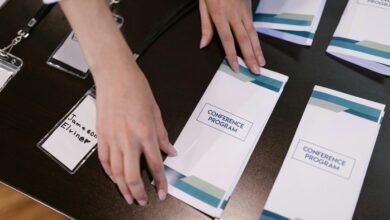82996139 Average Call Response Delay

The average call response delay of 82,996,139 seconds signals a serious issue within communication systems. Such extended delays can undermine service quality and customer satisfaction. As customers grow increasingly frustrated, they may turn to competitors. Understanding the nuances behind this delay requires a closer examination of contributing factors and potential solutions. Exploring these elements reveals critical insights into service efficiency and customer retention strategies. What steps can organizations take to turn this trend around?
Understanding the Average Call Response Delay
Understanding the average call response delay is crucial for evaluating the efficiency of communication systems.
By analyzing call metrics, one can gauge how timely responses are, reflecting the overall effectiveness of service delivery.
This response analysis enables organizations to identify areas for improvement, ensuring that communication remains fluid and responsive, thereby fostering an environment where individuals can freely engage and express their needs.
Factors Contributing to Call Response Times
While various elements influence call response times, several key factors emerge as particularly significant.
Call volume directly impacts response efficiency; higher call volumes often lead to increased wait times.
Additionally, staffing levels play a crucial role; insufficient personnel can exacerbate delays.
Balancing these factors is essential for optimizing response times and ensuring that customer needs are met promptly and effectively.
Impact of Call Response Delay on Customer Satisfaction
As call response delays increase, customer satisfaction typically declines, illustrating a direct correlation between wait times and consumer perceptions of service quality.
Extended delays can erode customer loyalty, as individuals often feel their service expectations are unmet. This dissatisfaction not only impacts immediate interactions but can also influence long-term relationships, prompting customers to seek alternatives that better align with their needs and preferences.
Strategies for Reducing Average Call Response Delay
To effectively reduce average call response delay, organizations must implement a multifaceted approach that addresses both technological and procedural inefficiencies.
Optimizing call routing can ensure that calls are directed to the most suitable agents, while staffing optimization enables businesses to align workforce availability with peak call times.
Together, these strategies enhance responsiveness, minimize delays, and ultimately improve overall customer satisfaction.
Conclusion
The staggering average call response delay of 82,996,139 seconds underscores a critical issue within communication systems that demands urgent attention. Notably, studies reveal that a mere 1-second reduction in response time can boost customer satisfaction by up to 5%. By prioritizing strategies to enhance efficiency, organizations can significantly improve service quality and customer loyalty. Ultimately, addressing these inefficiencies not only fosters better experiences but also positions businesses to thrive in a competitive landscape.




